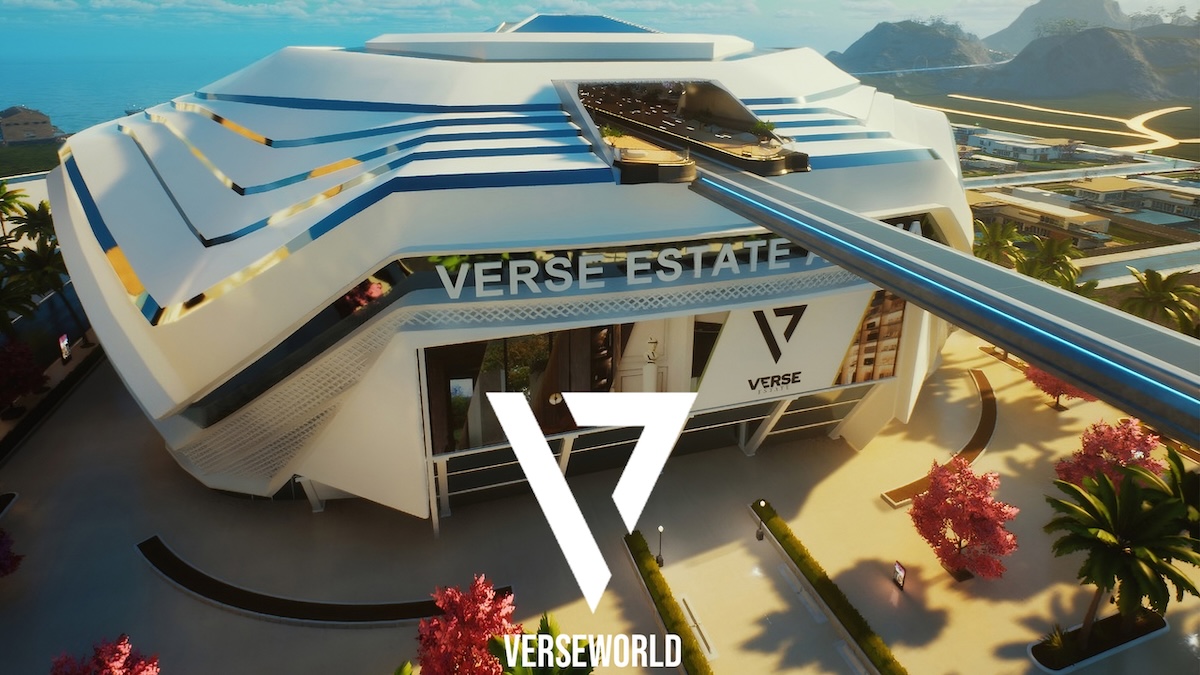What are immersive NFTs?
Two-dimensional NFT artworks still dominate the NFT scene. However, Immersive NFTs will allow us to create new experiences,

Two-dimensional NFT artworks, such as images, music, and videos, still dominate the NFT scene. However, NFTs now extend into the third dimension thanks to immersive technologies like AR and VR.
Immersive NFTs will allow us to create entirely new experiences in the metaverse. This new class of NFTs enables users to interact and engage with content in unexpected ways. As such, immersive NFTs can bring the digital ownership concept to a whole new level. They will function as bridges between the physical and digital realities and play essential roles in building metaverse applications.
AR and VR are two different technologies.
AR creates an interactive experience by combining the user’s physical world with digital content. On the other hand, VR works in a completely virtual environment. For many of us, accessing AR applications is very easy because we only need smartphones, tablets, or AR-enabled websites. However, to transport into the virtual worlds enabled by VR technology, we need to wear headsets like the Oculus Rift.
Since the underlying technologies are different, so are the immersive NFT applications created using them.
Immersive NFTs powered by AR
Many of our readers will remember when artist Pascal Boyart incorporated a QR code in one of his street mural artworks. It helped the artist receive donations from art lovers paid in Bitcoin. QR is an augmented reality tool, and by using it, the artist was able to connect the physical world with the digital one.
https://twitter.com/pascalboyart/status/1279869137397993478Using AR technology in art NFTs is popular. Also, Marc-o-Matic combines traditional art with immersive technologies to tell engaging stories for the audience. Consequently, people can visit physical art galleries exhibiting his works and enjoy interactive stories on tablets or smartphones that augment reality.
https://www.youtube.com/watch?v=t3dHMXpbH_4Another use case of immersive NFTs is the virtual try-on applications. They combine fashion NFTs with AR and help consumers make better purchasing decisions. For this purpose, companies create realistic 3D models of their products and add virtual try-on capabilities.
For instance, Kivisense introduced a virtual try-on NFT sneaker that provides consumers with virtual try-on experiences of wearable NFTs utilizing AR. It's possible to use the same technology for other product categories, such as jewelry and other fashion items. DressX is a company built on the idea of digital-only fashion to reduce the excessive production of physical clothes. It facilitates trying wearables out thanks to AR technology and also offers them as NFTs.
Apart from these applications, practically any AR experience, for example, face filters and world lenses we are accustomed to using in social media, particularly on Instagram and Snapchat, can be turned into immersive NFTs.
Immersive NFTs powered by VR
You can create VR-ready NFTs and use them in a virtual world compatible with the blockchain network on which that NFT is built. Any asset, real or unreal, can find its place in the metaverse this way. Nothing is bound by the limitations of the physical world.
Think about in-game NFT items used in MMORPGs, for example. They can be designed as VR-ready from the ground up, and their creators can incorporate emerging technologies like AI and dynamic NFTs to develop new immersive experiences. Here, everything really depends on the imagination.
Modeling 3D products for the virtual world is an extensive domain. We see many examples from architecture and interior design, as well. The designer Andrés Reisinger is a leading figure in this area. He creates surreal furniture items as NFTs. Many of his creations are VR-ready; you can place them in a virtual world like Decentraland.
We should also mention that many digital sculptors utilize VR technology. Joshua Skirtich, for instance, sculpted his Jenesis collection in VR and also merged it with AR to create the best viewing experience for Guggenheim visitors.
Final Thoughts
The emergence of immersive NFTs is truly setting the stage for a new era in the digital world. By harnessing the power of AR and VR technologies, these NFTs are blurring the line between our physical and digital realities, enriching the metaverse with novel and interactive experiences.
As we look forward to more innovations in this space, immersive NFTs are poised to redefine digital ownership and the way we interact with the digital world in amazing ways.





